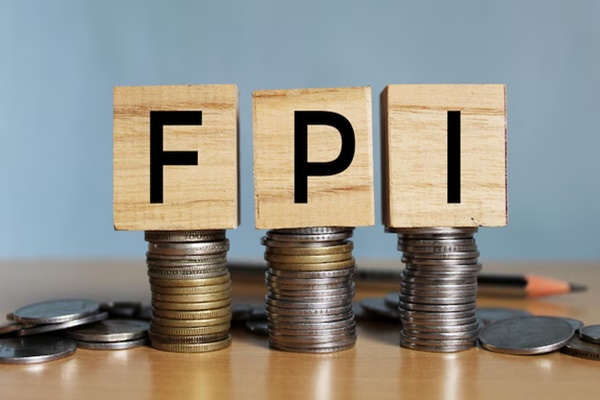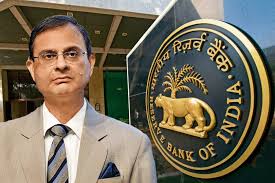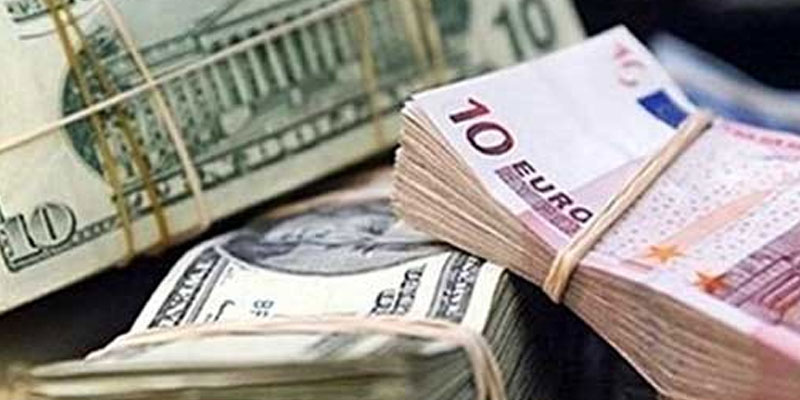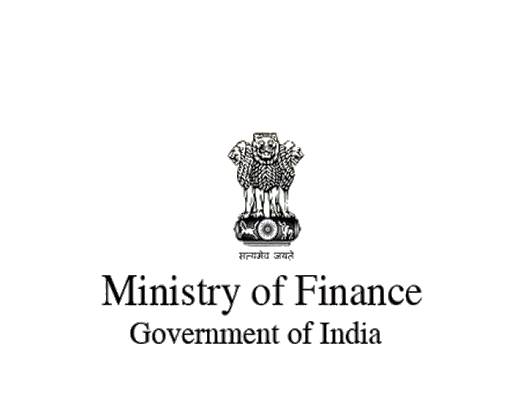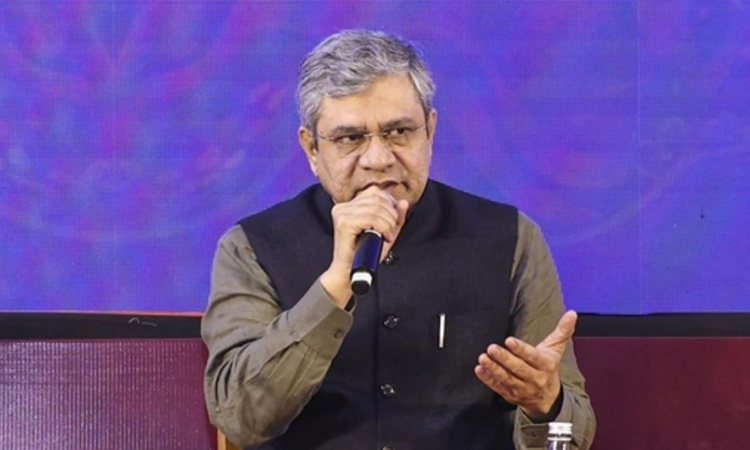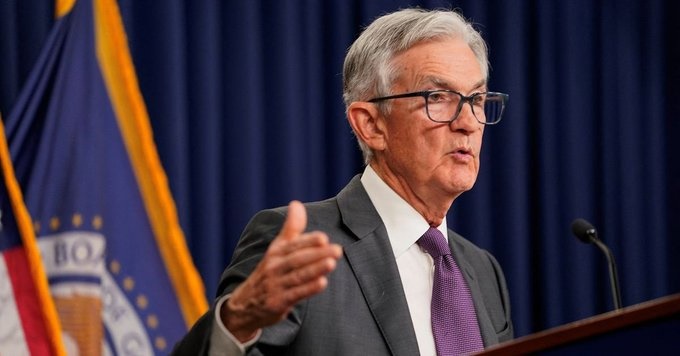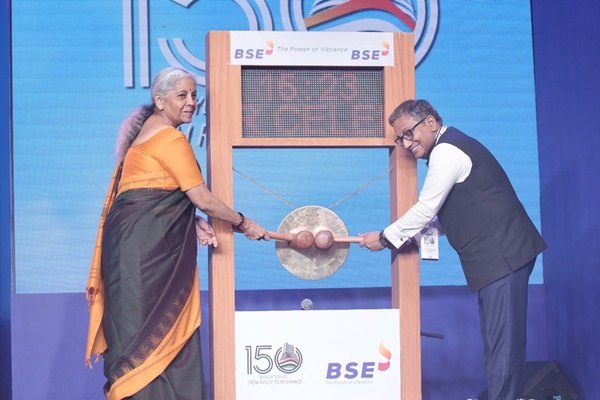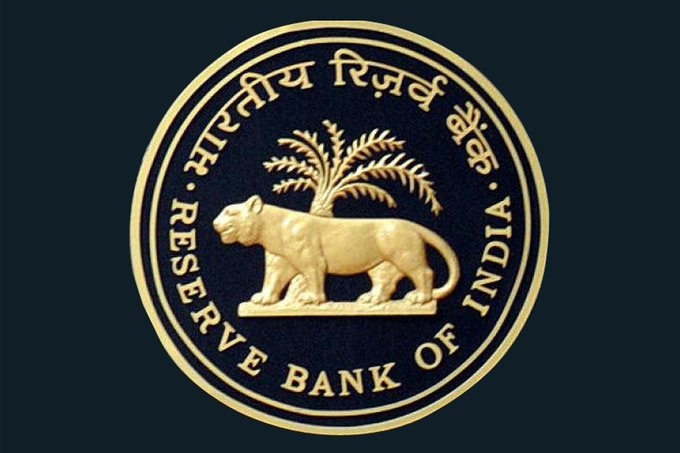RBI’s Gold Purchase in March Qtr Higher than 2023 Annual Purchase
Wed 01 May 2024, 13:07:51
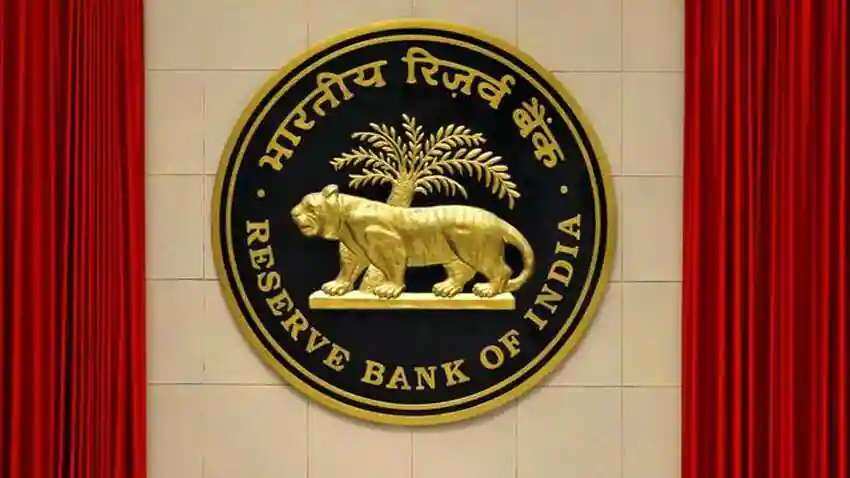
Chennai: The Reserve Bank of India grew its gold reserves by 19 tonnes during the March quarter and it was higher than last year’s annual net purchases of 16 tonnes. Gold prices have been on an upward cycle in the March quarter having risen more than 13 per cent since the beginning of the calendar year 2024. Prices had gone up more than 10 per cent in 2023.
However, RBI purchased 19 tonnes in the quarter. Of this, 4.7 tonnes of gold were added in February, and nearly 9 tonnes were purchased in January. The remaining 5.3 tonnes were added in March. The gold reserves currently stand at around 822 tonnes. In January, RBI made its first monthly addition to its gold reserves since October 2023 and the largest since July 2022.
In 2023, RBI had purchased a total of 16 tonnes. With the addition of 19 tonnes in the March quarter, RBI seems to be aiming at the highest yearly increase in 2024 after 2009. After buying 200 tonnes in November
2009, the reserves were stagnant at 557.7 tonnes for a long time. India had again started buying gold in trickles from the open market since Q3 2017. The Reserve Bank of India bought 77 tonnes of gold in 2021 and this was the highest yearly addition since 2009.
2009, the reserves were stagnant at 557.7 tonnes for a long time. India had again started buying gold in trickles from the open market since Q3 2017. The Reserve Bank of India bought 77 tonnes of gold in 2021 and this was the highest yearly addition since 2009.
RBI has been buying gold even during the pandemic. Its gold reserves stood at 676.6 tonnes at the end of 2020 and in the next two years, RBI bought 118 tonnes.
The RBI aims to diversify its foreign exchange reserves away from the US dollar, opting for gold as it offers stability, acts as a hedge against inflation, and serves as a haven asset during global economic crises like ongoing geopolitical conflicts. Additionally, maintaining a large gold reserve boosts confidence in India's economy, attracts foreign investment, and facilitates international transactions, if necessary,” said Sachin Jain, Regional CEO, India, World Gold Council.
No Comments For This Post, Be first to write a Comment.
Most viewed from Business
AIMIM News
Latest Urdu News
Most Viewed
May 26, 2020
Do you think Canada-India relations will improve under New PM Mark Carney?
Latest Videos View All
Like Us
Home
About Us
Advertise With Us
All Polls
Epaper Archives
Privacy Policy
Contact Us
Download Etemaad App
© 2025 Etemaad Daily News, All Rights Reserved.

